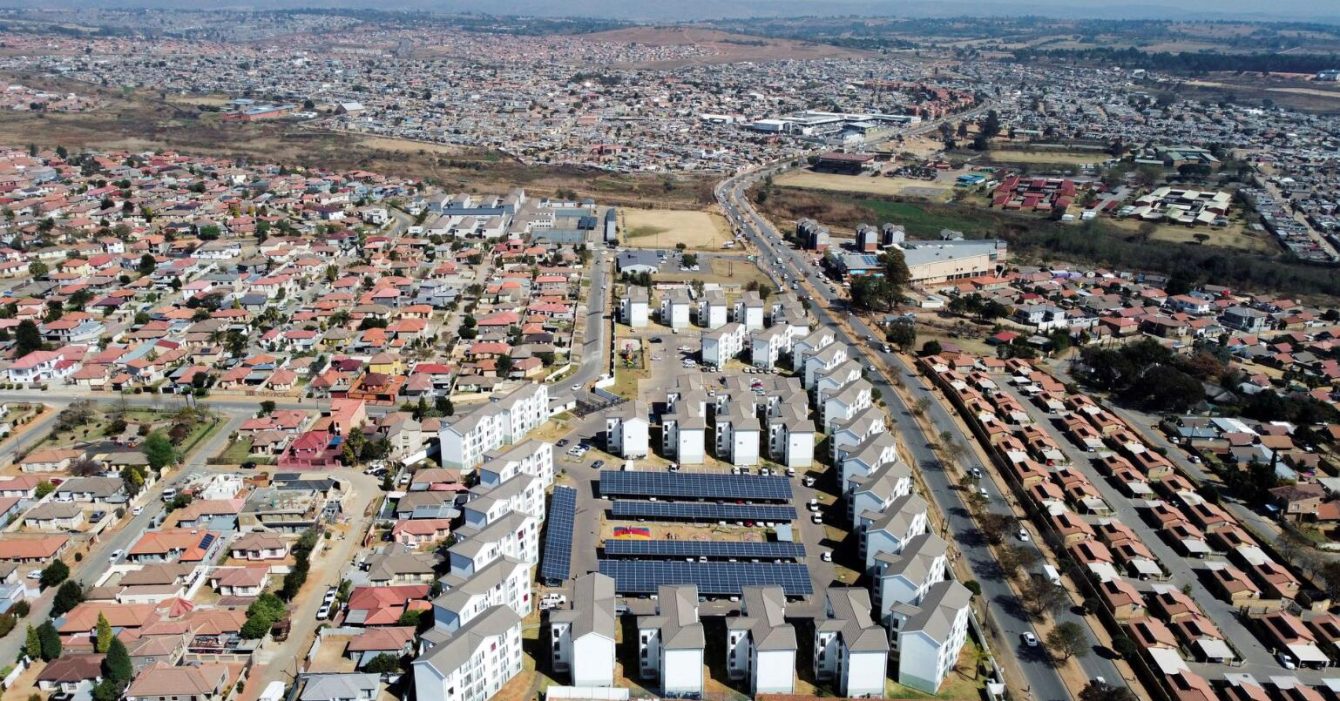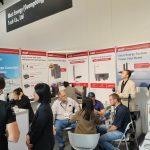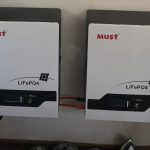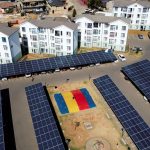South Africa is facing a power crisis, resulting in load shedding and negatively impacting the manufacturing sector, which contributes around 14% to GDP. President Ramaphosa has addressed the issues of energy insecurity and failing infrastructure in his recent annual State of the Nation Address.
Manufacturing production decreased by 4.7% in December 2022, with power supply disruptions cited as the most significant cause. Load shedding in 2022 reduced South Africa’s real GDP growth by up to 5%, according to PwC’s economic outlook. In response, South Africa imported more than R5bn worth of solar panels in 2022, providing an additional 2,000 MW of generating capacity.
The challenging operating environment has resulted in low business confidence levels, as evidenced by Absa’s Manufacturing Survey for the fourth quarter of 2022. The automotive sector, accounting for more than 4% of South Africa’s GDP in 2022, has also been negatively impacted by load shedding, with Naacam’s survey revealing that production and turnover have been affected.
President Ramaphosa has announced tax incentive schemes to encourage taxpayers to install rooftop solar panels and businesses to invest in renewable energy solutions. The World Steel Association expects demand for steel to start recovering globally this year, and the new local tax incentive for rooftop solar panels bodes well for the local steel industry.




